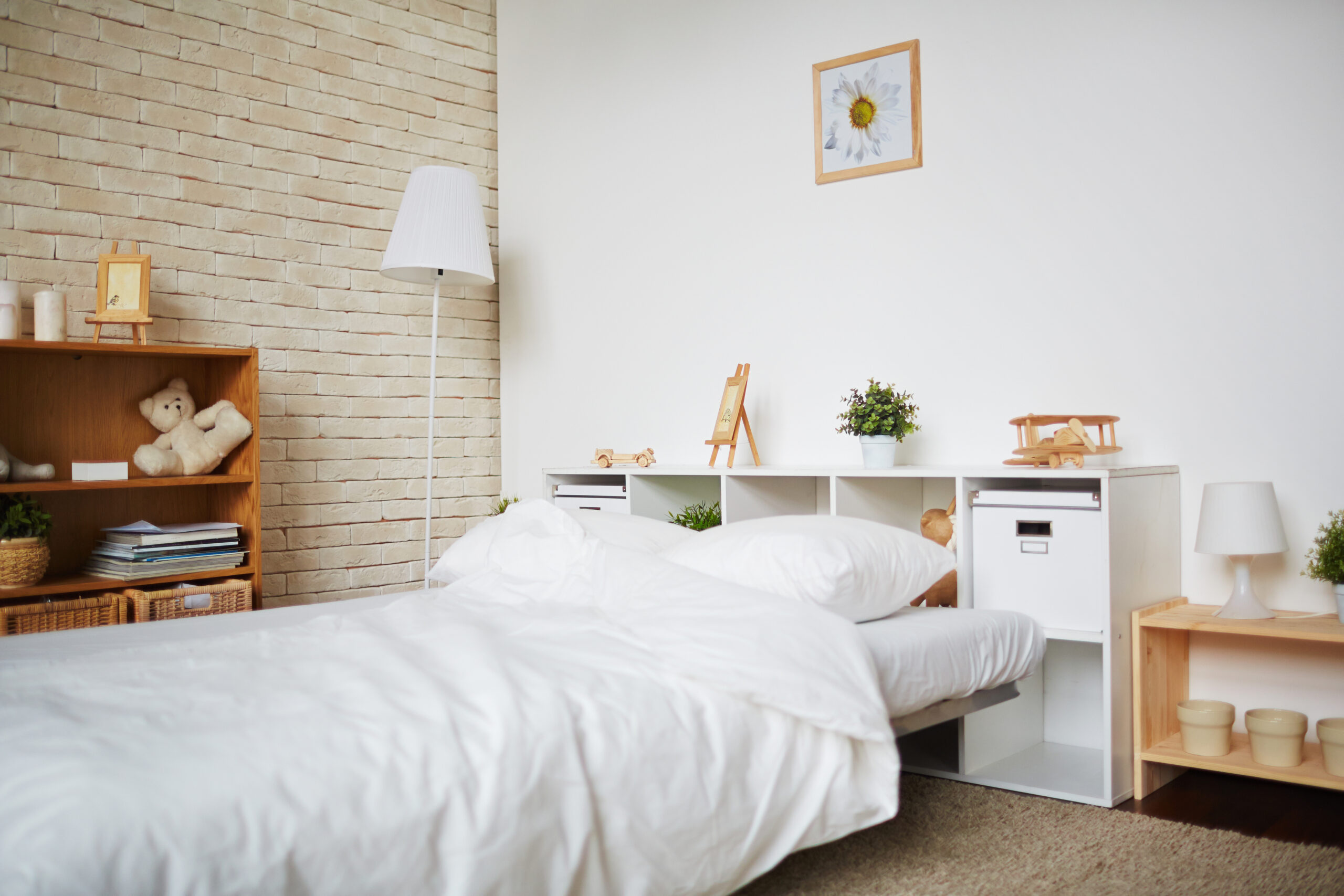10 Tips How To Organize A Student’s Space
As a student, the organization of your study space is instrumental in creating an environment conducive to productivity, focus, and academic success. A clutter-free and well-organized study space can significantly impact your ability to concentrate, manage your time efficiently, and reduce stress. In this article, we’ll explore ten tips on how to organize a student’s space, turning it into a haven for effective studying and personal growth.
1. Define Your Study Area
The first step in organizing your student space is defining a dedicated study area. Whether it’s a corner of your room, a desk in the living room, or a reserved spot in the library, having a designated study space helps condition your mind for focused work. Ensure this area is free from distractions and has adequate lighting, making it an ideal zone for learning and concentration.
2. Declutter Regularly
A cluttered space can lead to a cluttered mind. Regularly declutter your study area by removing unnecessary items, organizing loose papers, and putting away non-essential materials. Invest in storage solutions like bins, shelves, or drawer organizers to keep your study materials tidy and easily accessible. A clean, organized space enhances clarity of thought and promotes efficient studying.
3. Invest in Functional Furniture
Choose furniture that compliments your study needs. Opt for a comfortable chair and a spacious desk with enough surface area for your laptop, books, and study materials. Consider furniture with built-in storage options to keep your space organized. Ergonomic furniture can also enhance your study experience, promoting better posture and reducing the risk of discomfort during long study sessions.
4. Use Digital Tools for Organization
Embrace digital tools to streamline your organizational efforts. Utilize apps and software for note-taking, scheduling, and task management. Apps like Evernote, Google Keep, or Microsoft OneNote allow you to keep your study materials organized digitally, reducing the need for physical clutter. And if students are looking for writing support online, they should ask: “is papersowl trustworthy?”. Digital calendars and task management apps can help you stay on top of assignments and deadlines.
5. Create a Functional Desk Layout
Organize your desk layout in a way that promotes productivity. Keep frequently used items within arm’s reach and arrange your desk based on the tasks you commonly perform. Use desk organizers or trays to separate pens, notebooks, and other stationery. A well-organized desk layout enhances efficiency and makes it easier to transition between different study tasks.
6. Establish a Filing System
Implement a filing system for your papers and documents. Categorize your materials by subject, semester, or topic, and use labeled folders or binders to keep everything in order. This not only helps in finding documents quickly but also ensures that important papers are not misplaced. Regularly sort through your files, discarding unnecessary items to maintain an efficient filing system.
7. Personalize Your Space
Make your study space inviting by adding personal touches. Decorate with motivational quotes, artwork, or plants. Personalization creates a positive and inspiring atmosphere, making your study space a place where you feel comfortable and motivated to learn. Strike a balance between personalization and functionality to create a space that reflects your personality while serving its primary purpose.
8. Establish a Routine
Maintain a consistent study routine to optimize your space’s organization. Set specific study hours and adhere to a routine that works for you. A consistent schedule not only helps in organizing your time effectively but also conditions your mind to enter a focused study mode when you are in your designated study area. Establishing a routine enhances productivity and reduces procrastination.
9. Prioritize Essential Supplies
Identify the essential supplies you need for your studies and prioritize them within your space. Keep frequently used items such as pens, notebooks, and your laptop easily accessible. Store less frequently used materials in designated drawers or shelves. This ensures that your immediate study needs are met without unnecessary distractions or searches for missing items.
10. Regular Maintenance and Review
Organizing your student space is an ongoing process. Set aside time regularly for maintenance and review of your organizational systems. Check your filing system, declutter your desk, and reassess the layout to ensure it continues to meet your needs. Periodic reviews help you adapt your organization strategies as your study requirements evolve.
Conclusion
Mastering the organization of your student space is a transformative journey that positively impacts your academic performance and overall well-being. By defining a study area, decluttering regularly, investing in functional furniture, embracing digital tools, creating a functional desk layout, establishing a filing system, personalizing your space, maintaining a routine, prioritizing essential supplies, and conducting regular reviews, you can create an environment conducive to focused and efficient studying.
Remember that the key to effective organization is finding a system that works for you. Experiment with different strategies, adapt as needed, and create a study space that aligns with your individual preferences and study habits. A well-organized student space is not just about aesthetics; it’s about fostering an environment that empowers you to excel academically and thrive in your educational journey.


